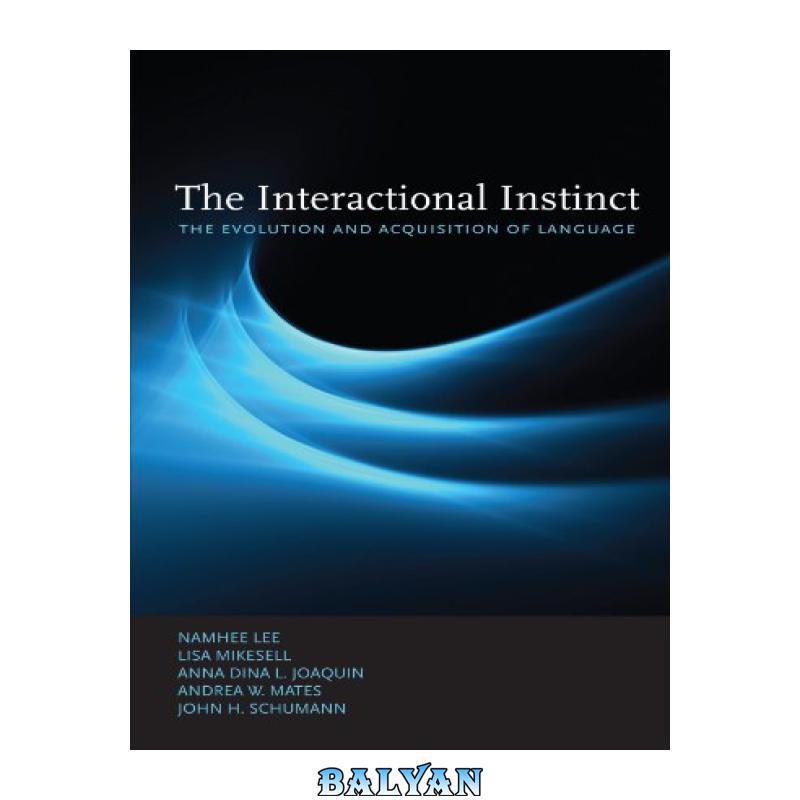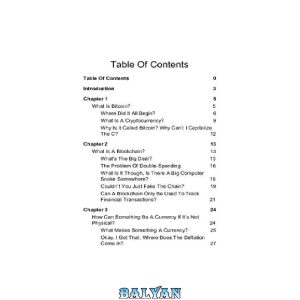ترجمه فارسی توضیحات (ترجمه ماشینی)
غریزه تعاملی: تکامل و اکتساب زبان
غریزه تعاملی تکامل زبان را از این دیدگاه تئوریک بررسی میکند که زبان میتوانست بدون یک گرامر جهانی مصداق بیولوژیکی پدید آمده باشد. در بخش اول کتاب، نویسندگان حدس میزنند که یک گروه انساننما با واژگانی حدود 600 کلمه میتواند این موارد را برای ایجاد معانی بزرگتر ترکیب کند. ترکیباتی که با موفقیت تولید، درک و آموخته می شوند، بخشی از زبان می شوند. هر ترکیبی که با ظرفیت های ذهنی انسان ناسازگار باشد کنار گذاشته می شود. نویسندگان برای ظهور ساختار زبان از طریق تعامل محدود شده توسط روانشناسی و فیزیولوژی انسانی استدلال می کنند. در بخش دوم کتاب، نویسندگان استدلال میکنند که اکتساب زبان مبتنی بر «غریزه تعاملی» است که از نظر عاطفی نوزاد را با مراقبین جذب میکند. این رابطه مکانیزم انگیزشی و توجهی را برای کودکان فراهم می کند که فراگیری زبان را تضمین می کند. در فراگیری زبان دوم بزرگسالان، غریزه تعاملی دیگر کار نمی کند، اما در برخی از افراد با استعداد و انگیزه کافی، می توان به فراگیری موفق زبان دوم دست یافت. غریزه تعاملی نظریهای درباره زبان بر اساس شواهد زبانشناختی، تکاملی و بیولوژیکی ارائه میکند که نشان میدهد زبان یک مصنوع فرهنگی به ارث رسیده است که نیازی به سیمکشی سخت پیشینی دانش زبانی ندارد.
The Interactional Instinct explores the evolution of language from the theoretical view that language could have emerged without a biologically instantiated Universal Grammar. In the first part of the book, the authors speculate that a hominid group with a lexicon of about 600 words could combine these items to make larger meanings. Combinations that are successfully produced, comprehended, and learned become part of the language. Any combination that is incompatible with human mental capacities is abandoned. The authors argue for the emergence of language structure through interaction constrained by human psychology and physiology. In the second part of the book, the authors argue that language acquisition is based on an “interactional instinct” that emotionally entrains the infant on caregivers. This relationship provides children with a motivational and attentional mechanism that ensures their acquisition of language. In adult second language acquisition, the interactional instinct is no longer operating, but in some individuals with sufficient aptitude and motivation, successful second-language acquisition can be achieved. The Interactional Instinct presents a theory of language based on linguistic, evolutionary, and biological evidence indicating that language is a culturally inherited artifact that requires no a priori hard wiring of linguistic knowledge.












نقد و بررسیها
هنوز بررسیای ثبت نشده است.